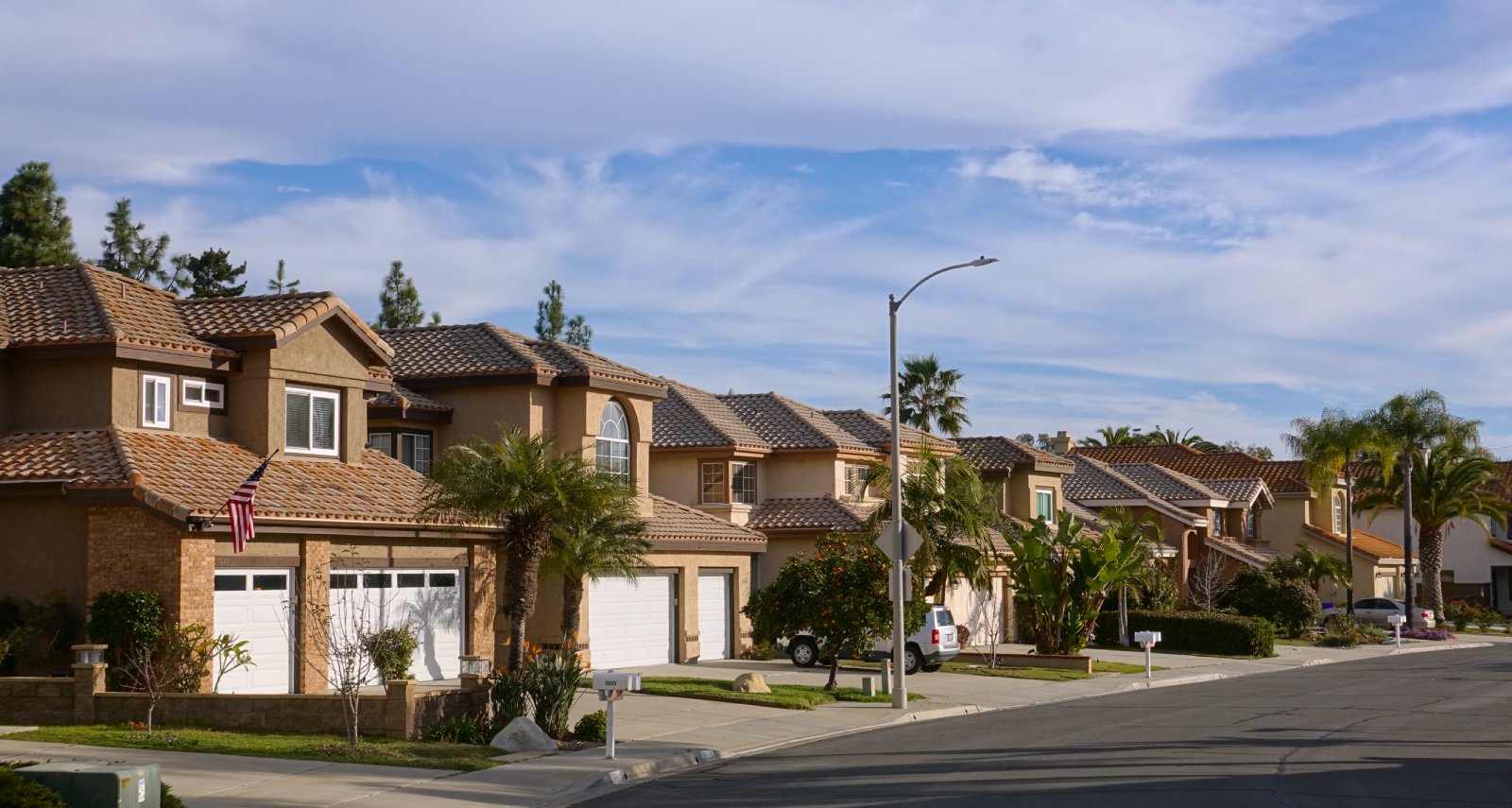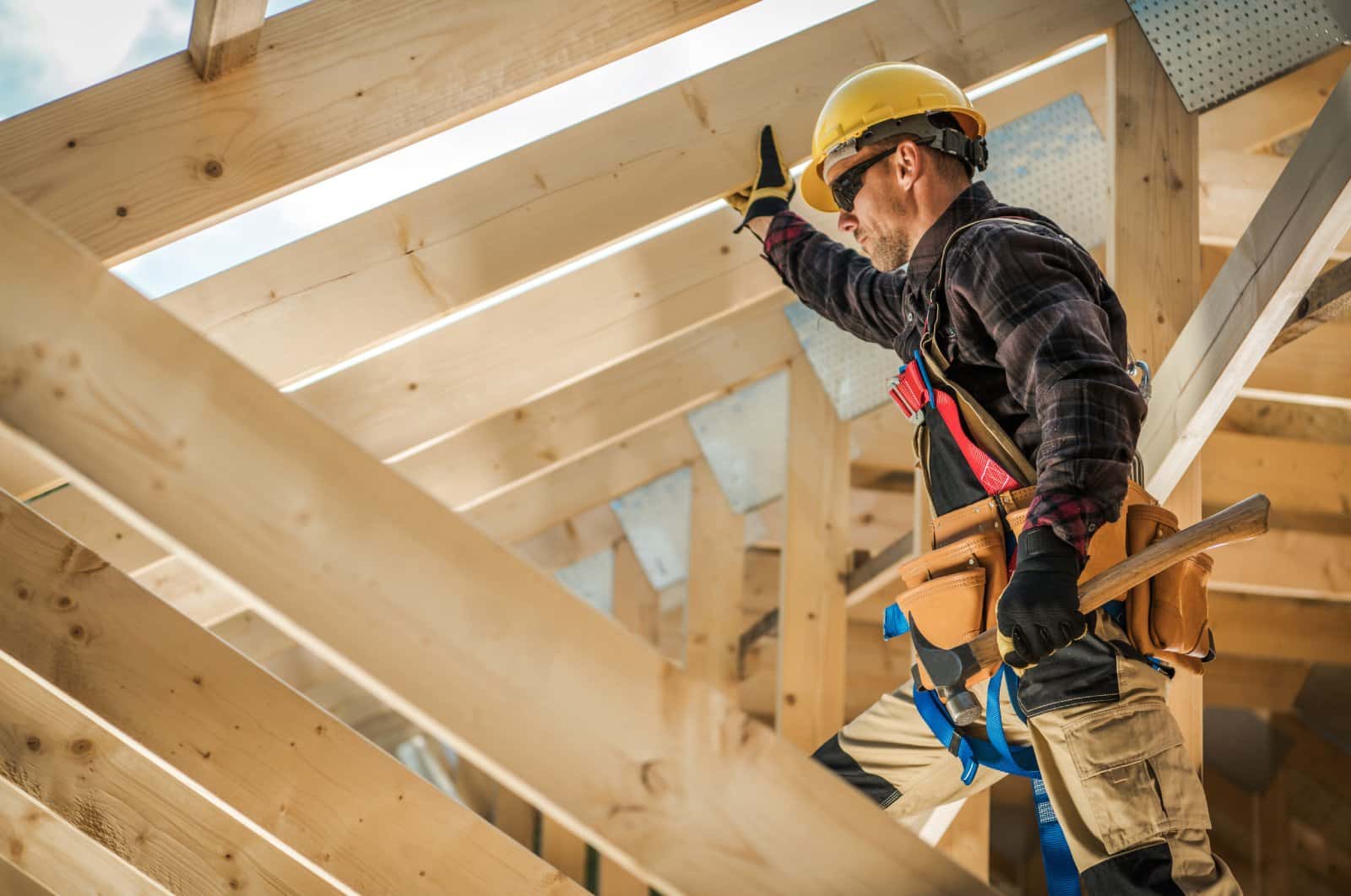A new study looking into housing in the U.S. has many people convinced that the housing shortage might not be real. Let’s take a look at their findings.
The Housing Myth Busted?

Image Credit: Shutterstock / Inside Creative House
A recent study published in Housing Policy Debate has allegedly busted open the “myth” of the housing shortage and found between 2000 and 2020, America had more homes on the market than it needed for the population through that period.
Taking the Long View

Image Credit: Shutterstock / SFIO CRACHO
It’s a finding that goes against the grain of most housing market analyses, prompting Alex Schwartz, one of the study’s authors, to explain, “We’re sort of an outlier in our analysis, and partly it’s because we’re taking this longer-term perspective.”
The Building Spree That Changed Everything

Image Credit: Shutterstock / Pressmaster
Schwartz and his research partner, Kirk McClure’s study, took a longer view than most – looking at 20 years of housing growth and comparing that to the amount of new households created.
Impact of the Housing Boom

Image Credit: Shutterstock / SERGEI BRIK
They found that many researchers miss a crucial part of the story by not going back far enough to include the massive building spree from 2000 to 2007. McClure pointed out, “The housing bubble wasn’t just about soaring prices; it also saw a huge surge in construction.”
From Boom to Bust and Back

Image Credit: Shutterstock / Simone Hogan
When you factor in the Great Recession and the recovery period from 2012 to 2020, the picture becomes clearer. “We massively overbuilt the number of housing units we needed, and we are still here in 2024 trying to absorb that massive overbuild in housing,” McClure explains.
Crunching the Numbers

Image Credit: Shutterstock / Andrey_Popov
In the first ten years the study looked at – 2000 to 2010 – the U.S. ended up with 4.6 million more houses than it needed. Things changed in the next ten years, from 2010 to 2020, when there weren’t quite enough homes built, falling short by 1.3 million.
A Surprising Surplus

Image Credit: Shutterstock / SFIO CRACHO
When you add these two periods together, it turns out that overall, from 2000 to 2020, the U.S. still had 3.3 million more homes than necessary.
A New Take

Image Credit: Shutterstock / fizkes
This is quite different from what many housing experts have been saying for the past few years. Most of them think there aren’t enough houses, but this study suggests the opposite.
A Different Lens on Housing

Image Credit: Shutterstock / Andrey_Popov
The reason for this difference of opinions lies in the study’s focus. Most studies focus on new home construction, while Schwartz and McClure also looked at the number of vacant homes over the same period.
The Ghost in the Machine: Vacant Homes

Image Credit: Shutterstock / Andrey_Popov
Vacant homes themselves are an indication of the problems within the housing market. The condition of these homes varies wildly – while some are uninhabitable, some have landlords refusing to budge on rent prices, and others are vacation properties. As the study simply puts it, empty homes are not helping solve the housing crisis.
Affordability: The True Challenge

Image Credit: Shutterstock / Motortion Films
That is perhaps the core point made in the study – that the real issue isn’t the number of homes but how affordable they are.
Household Income Issues

Image Credit: Shutterstock / Marcos Mesa Sam Wordley
“The issue is not so much about aggregate shortfall of housing units, but rather a mismatch between the cost of housing and the incomes of households,” Schwartz points out. The lowest-income households are hit the hardest, struggling to find affordable options.
The Low-Income Housing Crunch

Image Credit: Shutterstock / Lordn
For low-income families (who earn 30% – 60% of the median income) and very low-income families (less than 30% of the median income), the situation is dire. The study found that across the country, there’s an average shortage of about 7700 affordable units for households that make under $22,000 a year.
A $550 Dilemma

Image Credit: Shutterstock / Monkey Business Images
For these families, the highest affordable rent is $550 per month – an impossible rent for private property developers to charge, according to the report, due to the higher costs of actually building the housing.
Vouching for Vouchers

Image Credit: Shutterstock / aerogondo2
Schwartz and McClure suggest that helping low-income families afford existing housing is more cost-effective than building new units, and they both advocate for more Section 8 housing choice vouchers to subsidize rent payments.
Making the Most of What We’ve Got

Image Credit: Shutterstock / Hryshchyshen Serhii
“It is best to make use of existing stock rather than pay the very large sums needed to add stock to an already ample market,” the study states.
New Construction Could Help

Image Credit: Shutterstock / Virrage Images
New construction isn’t off the table, though. Schwartz and McClure stress the need for a variety of housing types, including smaller units and higher-density housing.
Supply and Demand

Image Credit: Shutterstock / M2020
Building new homes can help reduce prices over time, as found in a study from NYU’s Furman Center. It found that increasing the housing supply can lower rents, although the effect isn’t always massive.
Affordability Before Supply

Image Credit: Shutterstock / Prostock-studio
While the debate over housing supply levels in the U.S. continues, the core issue of affordability remains. “We are truly trying to find ways to rent apartments to people who cannot afford more than $500 a month,” McClure emphasizes.
Missing the Mark on Affordability

Image Credit: Shutterstock / kwanchai.c
The findings suggest that while the housing market may not lack homes overall, it certainly fails to provide enough affordable options for those who need them most.
Oil Dumping Scandal Rocks Ships Heading to New Orleans

Image Credit: Shutterstock / Aerial-motion
Two shipping companies have been fined after knowingly hiding a large oil spill in the Atlantic Ocean. Oil Dumping Scandal Rocks Ships Heading to New Orleans
20 Eye-Opening Realities Facing Retiring Baby Boomers

Image Credit: Shutterstock / Jack Frog
As Baby Boomers approach retirement, the promise of leisure and security often seems unattainable. This generation faces unique challenges that could redefine retirement. Here’s a stark look at the realities shaping their outlook. 20 Eye-Opening Realities Facing Retiring Baby Boomers
Retail Apocalypse: Massive Closures Sweep Across U.S. Brands

Image Credit: Shutterstock / Tada Images
Stores across the U.S. are closing at unprecedented levels, according to new research from advisory firm Coresight Research. Read on for more information about the impact this could have on you and your communities. Retail Apocalypse: Massive Closures Sweep Across U.S. Brands
Featured Image Credit: Shutterstock / Steve Heap.
For transparency, this content was partly developed with AI assistance and carefully curated by an experienced editor to be informative and ensure accuracy.


